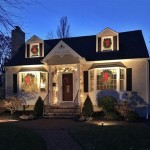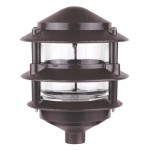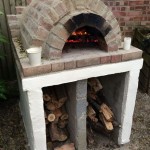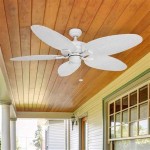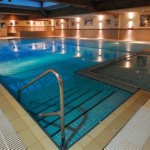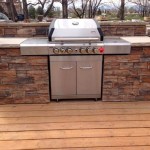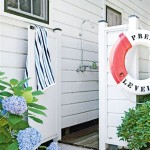Essential Aspects of Outdoor Light Bulbs Types
When choosing outdoor lighting, selecting the right light bulbs is crucial to ensure optimal illumination and energy efficiency. Various types of bulbs are available in the market, each with its unique characteristics. Understanding these aspects will help you make an informed decision for your outdoor lighting needs.
1. Bulb Type
Incandescent Bulbs: Traditional incandescent bulbs emit light through a heated filament. They are relatively inexpensive but have a shorter lifespan and higher energy consumption compared to other options.
Fluorescent Bulbs: Fluorescent bulbs use gas discharge to produce light and are energy-efficient with a longer lifespan. However, they contain mercury, which requires special disposal.
LED Bulbs: LED (Light Emitting Diode) bulbs are the most energy-efficient option, with an extremely long lifespan. They emit light through semiconductors and produce minimal heat.
2. Color Temperature
Color temperature refers to the perceived warmth or coolness of light. It is measured in Kelvins (K).
Warm White (2700K-3000K): Creates a cozy and inviting atmosphere, ideal for patios and walkways.
Neutral White (3500K-4100K): Provides a balanced and natural light, suitable for security lighting and general illumination.
Cool White (5000K-6500K): Emits a crisp and invigorating light, best for areas requiring high visibility, such as driveways and parking lots.
3. Bulb Shape
Outdoor light fixtures come in various shapes, so choosing a bulb with the right shape is essential for proper fit.
A19: The standard bulb shape, resembling a large pear, commonly used in outdoor lanterns and fixtures.
PAR38: A short, wide bulb with a reflector, designed for spotlights and floodlights.
BR40: A round bulb with a frosted surface, often used in outdoor sconces and wall-mounted fixtures.
4. Lumens and Wattage
Lumens: Measure the brightness of a bulb, indicating the amount of visible light emitted.
Wattage: Indicates the amount of electrical power consumed by the bulb. Higher wattage does not necessarily mean brighter light.
LED bulbs typically have lower wattage than incandescent or fluorescent bulbs, but they emit higher lumens, making them equally or more effective in providing illumination.
5. Energy Efficiency
When choosing outdoor light bulbs, consider their energy efficiency. LED bulbs are the most energy-efficient option, consuming up to 80% less energy than incandescent bulbs.
Look for bulbs with the Energy Star label, which indicates compliance with strict energy efficiency standards.
6. Special Features
Some outdoor light bulbs offer special features, such as:
Motion-activated: Automatically turn on when motion is detected, ideal for security lighting.
Dusk-to-dawn: Automatically turn on at dusk and turn off at dawn, providing convenient lighting for outdoor spaces.
Smart bulbs: Can be controlled remotely via smartphone or voice assistant, allowing for customized lighting schedules and color adjustments.

Landscape Lighting Installation Companies Types Of Light Bulbs For Outdoor Orlando Florida Palmer Electric Company

Everything To Know About Bulbs For Landscape Lighting

Step By Guide To Light Bulbs

Types Of Light Bulbs Homeadvisor

Types Of Light Bulbs A Brief History And Guide

Discover The 55 Diffe Types Of Light Bulbs To Up Your World Bathroom Fluorescent Bulb Lighting

Outdoor Light Bulbs Yard Envy

How To Choose The Right Light Bulbs For Your Home

The Most Common Light Bulb Questions A Faq Guide

Best Outdoor Lighting Bulbs Of 2024

